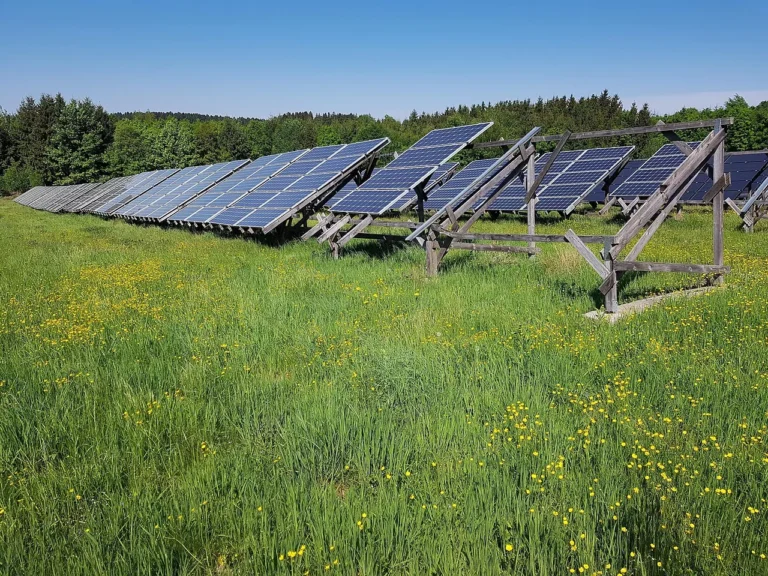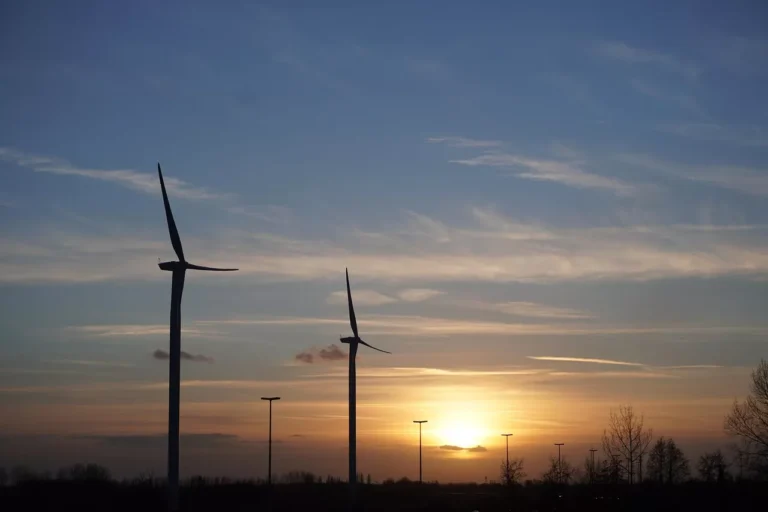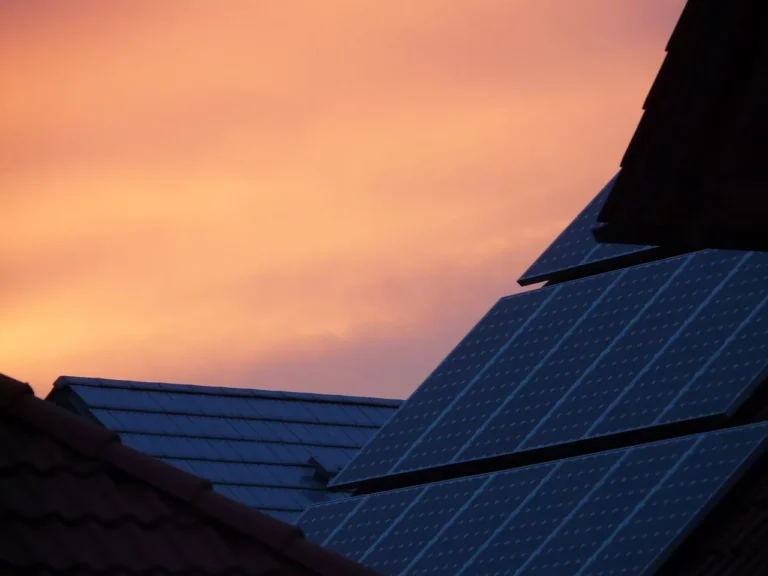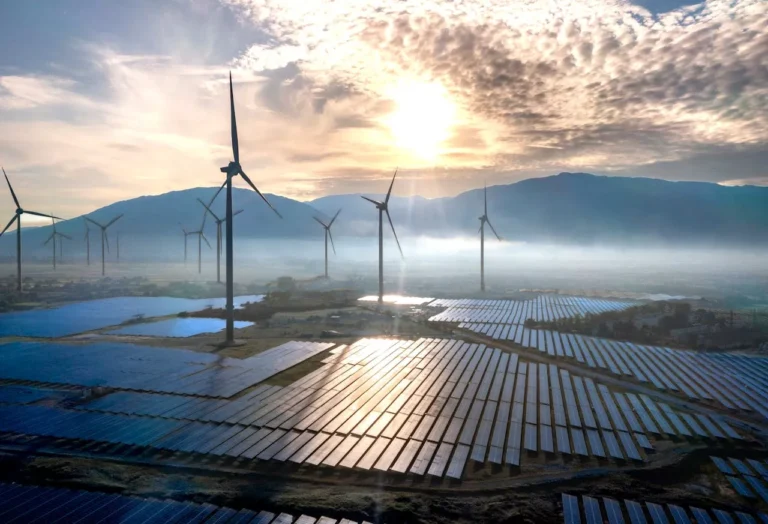
Quaise Energy Reaches New Depths with Millimeter Wave Drilling Technology, Paving the Way for Superhot Geothermal Power
Quaise Energy, a pioneering force in the geothermal energy sector, has marked a historic milestone by successfully drilling 100 meters into the Earth using its proprietary millimeter wave (mm-wave) technology at a field site in Central Texas. This achievement not only establishes a new record for mm-wave drilling but also demonstrates the real-world potential of a technology that could revolutionize how we access deep geothermal energy.
The successful 100-meter borehole is the deepest ever drilled using millimeter wave technology and represents a pivotal moment for Quaise Energy’s mission: to unlock the vast reservoir of clean, renewable geothermal energy stored beneath the Earth’s surface. This energy—found in superhot rock layers typically located several kilometers underground—has long been out of reach due to the limitations of conventional drilling technologies. With its breakthrough, Quaise moves a step closer to transforming this potential into a scalable and sustainable baseload power source capable of replacing fossil fuels.
A Decade in the Making: The Technology Behind the Breakthrough
Quaise’s revolutionary approach to geothermal drilling originated from over ten years of research conducted at the Massachusetts Institute of Technology (MIT). The company’s unique system uses a high-power gyrotron—a specialized vacuum tube that generates millimeter wave electromagnetic radiation—to vaporize rock using thermal energy, a process known as “ablation.” This technique eliminates the need for any physical drill bits or downhole mechanical components, making it ideally suited for penetrating the ultra-hard and ultra-hot rock formations that thwart traditional drilling.
Conventional geothermal drilling struggles when it encounters dense igneous rocks such as granite or basalt, especially at high temperatures exceeding 400°C (752°F). Mechanical bits wear out quickly, and the extreme conditions create significant engineering challenges. By contrast, Quaise’s mm-wave system can create clean, uniform boreholes through these materials, and it does so with fewer moving parts, less wear and tear, and potentially much faster drilling rates.
Carlos Araque, CEO and President of Quaise Energy, highlighted the significance of the achievement:
“The Earth holds an enormous reservoir of clean energy — energy that could fundamentally change how we power our world if we can reach it. Quaise has now demonstrated that millimeter wave technology can do what no other technology can do: drill perfectly clean holes through some of the hardest rocks on Earth in record time. This milestone brings us closer to making geothermal energy a practical solution to power communities virtually anywhere.”
Why 100 Meters Matters
Although the 100-meter depth achieved in Central Texas is a fraction of the kilometers needed for commercial-scale geothermal energy production, the significance lies in the nature of the rock being drilled. The borehole penetrated granite, one of the most challenging rock types found in the Earth’s basement crust layer. This is the same layer that covers much of the globe and lies between several and tens of kilometers beneath the Earth’s surface—precisely where the superhot geothermal resource exists.
Prior to this field trial, mm-wave drilling had only been tested successfully in controlled laboratory environments, where researchers were able to ablate just a few centimeters into rock. This field deployment proved the system’s scalability and effectiveness in real-world geological conditions, validating that the technology can be translated from lab-scale prototypes to full-scale drilling operations.
By demonstrating that mm-wave drilling can rapidly and cleanly cut through basement rock, Quaise has proven the fundamental viability of its approach for accessing superhot rock worldwide. The company now plans to scale up its system, beginning with the deployment of a new gyrotron boasting ten times the power of the one used in this initial test.
The Road Ahead: Toward Commercialization
This milestone is just the beginning for Quaise. The company has ambitious plans to further increase drilling depth and speed using upgraded equipment and enhanced system designs. The next-generation gyrotron, expected to deliver 10x the power of the current model, is already under development. With it, Quaise aims to drill thousands of meters below the Earth’s surface to reach temperatures sufficient for generating supercritical steam—a game-changing development for geothermal energy production.
Supercritical steam, which occurs at extremely high temperatures and pressures, can deliver several times more energy than conventional geothermal systems. A single well tapping into superhot rock could potentially produce as much power as a small fossil-fueled power plant, but without emissions or the need for continuous fuel input. Moreover, because geothermal energy is not subject to intermittency like solar or wind, it can provide round-the-clock, baseload power—a critical attribute for future decarbonized energy grids.
Quaise expects to complete a pilot geothermal power plant by 2028, with the goal of bringing grid-scale superhot geothermal online by the early 2030s. The pilot, likely to be located in the Western United States, will serve as a proof-of-concept for both the drilling technology and the energy output of superhot geothermal systems.
“Our progress this year has exceeded all expectations,” said Araque. “We’re drilling faster and deeper at this point than anyone believed possible, proving that millimeter wave technology is the only tool capable of reaching the superhot rock needed for next-generation geothermal power. We are opening up a path to a new energy frontier.”
Implications for the Energy Transition
Quaise Energy’s success comes at a time when global leaders are urgently seeking new ways to decarbonize the world’s energy systems. While wind, solar, and battery storage have made significant inroads, they remain variable in nature and require extensive infrastructure build-out. Superhot geothermal, by contrast, offers the potential to plug directly into existing fossil fuel infrastructure—replacing coal, gas, and even nuclear plants with clean, constant power from the Earth’s core.
If deployed at scale, superhot geothermal could generate terawatts of clean power globally, according to projections by multiple research institutions. Moreover, its geographic availability is far broader than traditional geothermal, which relies on surface-level hydrothermal features. Because the Earth’s basement rock exists nearly everywhere beneath the crust, mm-wave technology could unlock geothermal in regions previously considered unsuitable.
Additionally, by reducing dependence on rare materials and weather conditions, superhot geothermal could help countries achieve energy independence and resilience, especially as global energy markets remain volatile and geopolitical tensions persist.










